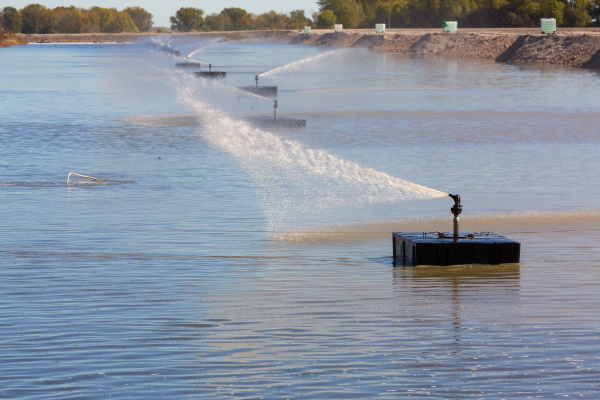We remain ever diligent and committed to protecting and preserving what matters most – a healthy and sustainable natural environment.
Phosphorus is a naturally occurring element that is required by all plants, including those used to produce food and fiber for human consumption. When it is present in natural waterways in excessive amounts, however, it can pose a significant pollution concern.
SMBSC's efforts and successes in reducing phosphorus have resulted in our cooperative remaining well below the annual load allocation assigned by the Minnesota Pollution Control Agency since 2004.
SMBSC's work to reduce phosphorus in waterways has been recognized by Citizens United for River Environment, C.U.R.E., a citizen group working to maintain and restore river health in Minnesota. The United States Environmental Protection Agency has also recognized SMBSC's efforts in phosphorus reduction as an example for others to follow.
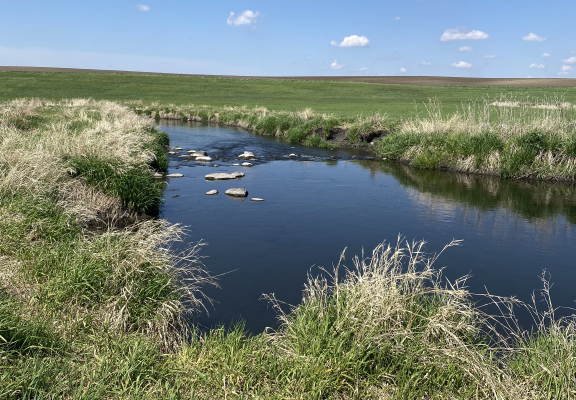
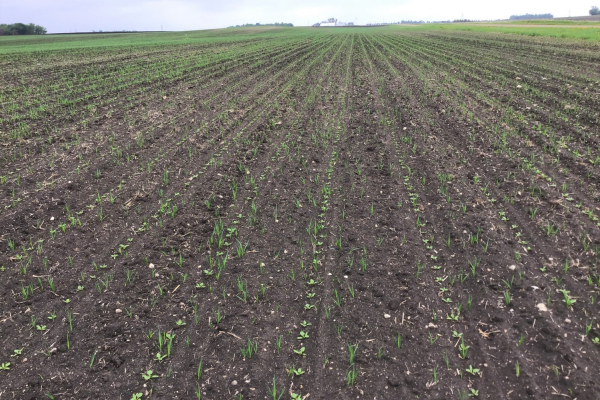
SMBSC's Cover Crop Program is designed to prevent erosion and improve soils while resulting in a better crop. Cover crops keep soil from blowing off the fields during windy days and eroding during heavy rains. They also protect small beet seedlings by providing shelter and allowing them a better start resulting in a healthier and more productive crop at the end of the year.
Through our cover crop program and streambank stabilization projects, SMBSC was able to achieve phosphorus reductions to the Minnesota river basin upwards of 275,000 pounds since 2001 to date.
For over 25 years, mercury reduction has been a priority for SMBSC. From low-mercury coil in our boilers to mercury-free chemicals in our facility processes, our reduction efforts have decreased the mercury in our treated effluent water from 12 parts per trillion (ng/L) to near non-detectable levels. While low-mercury or mercury-free products are more expensive, SMBSC places a high value on reducing mercury whenever possible.
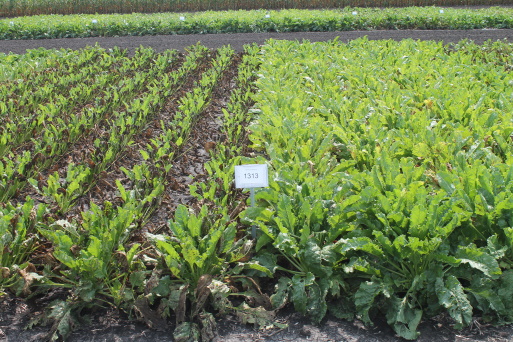
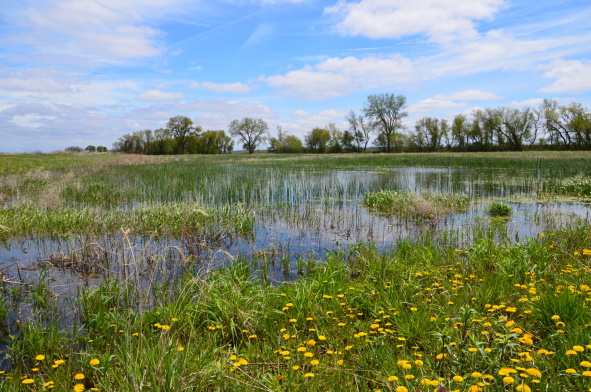
SMBSC has restored 35 acres of wetlands in Renville County with an additional 40 acres approved for development. Wetlands provide important wildlife habitat, reduce flooding and improve water quality.
Each year SMBSC funds and implements projects that protect and improve water quality, such as drain tile screens and fencing to keep animal waste and activity away from streams. The Minnesota Pollution Control Agency reviews and certifies SMBSC projects to determine the total amount of phosphorus pollution that has been averted.
